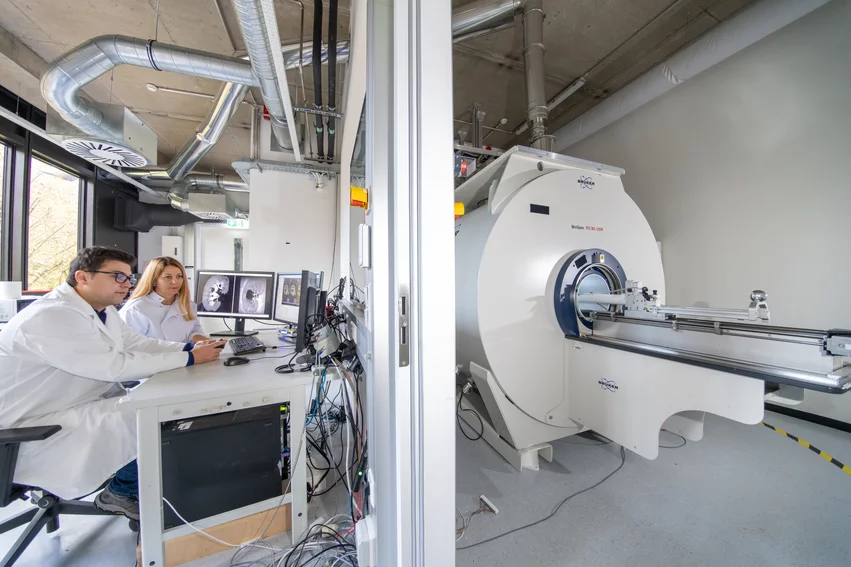For many years gadolinium-based contrast agents (GBCAs) have been considered the go-to for MRI studies, but a new discovery suggests that another material could be a well-suited alternative in the future—diamond dust. [1]
When Jelena Lazovic Zinnanti, PhD, an assistant researcher with the Max Planck Society for the Advancement of Science in Germany, was working on an experiment unrelated to contrast agents, she made a coincidental observation that could catch the attention of experts who are in the business of medical imaging research.
Zinnanti was working on an experiment that involved drug-carrying capsules made of gelatin. She intended for the capsules to rupture once they were heated up, so she included nanometer-sized diamond particles in them due to their high heat capacity. Gadolinium was also used to track the dust particles’ position within the capsule, but when it kept leaking from the capsules, Zinnanti got frustrated and decided to leave the gadolinium out altogether.
This led to an interesting discovery—the diamond dust lit up on imaging, even days after it was initially placed inside the capsules.
“When I took MRI images a few days later, to my surprise, the capsules were still bright,” Zinnanti said in a release. “’Wow, this is interesting,’ I thought! The diamond dust seemed to have better signal enhancing properties than gadolinium. I hadn’t expected that.”
She followed up on her finding by conducting an additional experiment that involved injecting diamond dust into live chicken embryos to observe its signal enhancement on MRI. Gadolinium was also used to compare how each material dispersed throughout the embryo.
Again, she noticed that the gadolinium spread everywhere, similar to the way it does in human tissue, while the diamond dust remained in the blood vessels. The diamond dust was also brighter and better visualized on imaging.
She further elaborated on her findings in a paper recently published in Advanced Materials.
“I think the tiny particles have carbons that are slightly paramagnetic. The particles may have a defect in their crystal lattice, making them slightly magnetic,” she wrote. “That’s why they behave like a T1 contrast agent such as gadolinium.”
Of course, more research is needed to understand the full safety profile of diamond dust and to determine whether it poses health risks to humans. If it is deemed safe, it could serve as a more precise alternative contrast agent to GBCAs, Zinnanti suggested.


